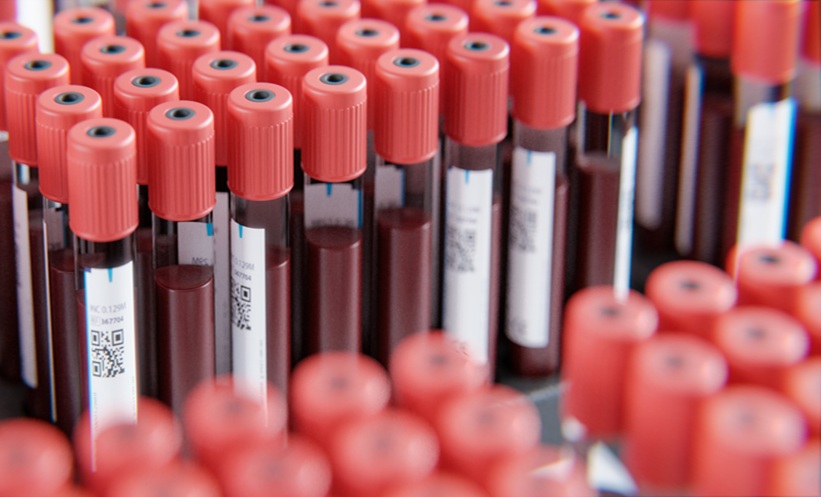THE IDENTIFICATION of 63 new genetic variations that increase the risk of a man developing prostate cancer (PCa) has been announced following a study by researchers at The Institute of Cancer Research, London, UK.
The researchers have developed a new DNA test that can identify genetic variants that were previously difficult to find. After analysis of >140,000 men, 80,000 with PCa, and 61,000 without, comparing >500,000 single-letter DNA changes, 63 new variants that increased the risk of prostate cancer were discerned. Next, the newly identified genetic variants were combined with >100 variants already linked to PCa to determine which men were most at risk of developing prostate cancer.
It was found that if a man inherited multiple genetic variations, they were at a higher risk of developing PCA. Those men who were in the top 1% of risk were 5.7 times more likely than the general population to develop the disease; this means the absolute risk is approximately 1 in 2, as compared to about 1 in 11. Additionally, many of the genetic variants identified were found in regions that were involved in immune cell communication, both between immune cells themselves and other cells around the body. This finding means that PCa risk may stem from genetic errors within the immune system pathways, providing a potential target for future treatments.
The researchers are now intending to assess whether this information can be used to provide insight into a man’s risk of developing PCa using a DNA test on a saliva sample. Prof Paul Workman, Chief Executive at The Institute of Cancer Research said: “We are on the cusp of moving from theory to practice: from explaining how genetics affects prostate cancer risk, to testing for genetic risk and attempting to prevent the disease.” He also voiced the results could influence new treatment designs: “This study also gives us important information about the causes of prostate cancer and the potential role of the immune system, which could ultimately be employed in the design of new treatments.”








